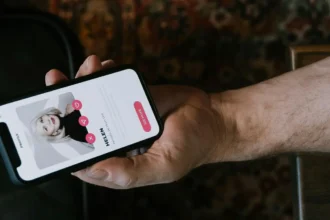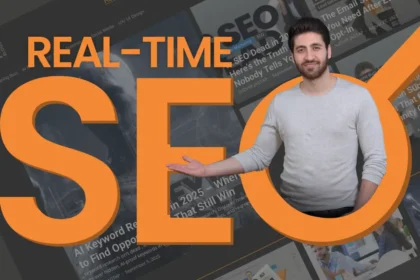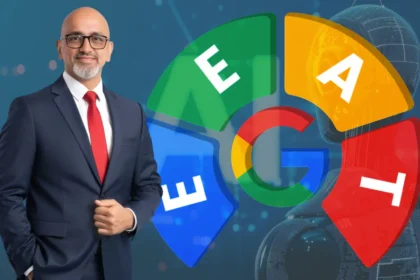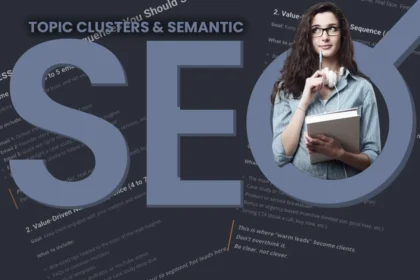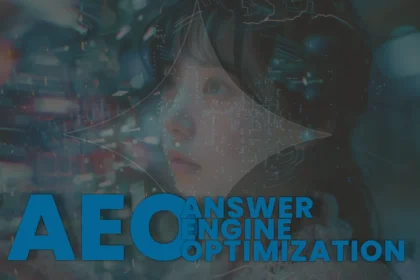Designing for conversion is both an art and a science. A well-crafted landing page isn’t just visually appealing, it subtly guides users toward a single, powerful action. Whether that’s signing up, purchasing, or downloading, the goal is to minimize friction and maximize clarity.
In this blog, we’ll walk through the UX/UI best practices that turn landing pages into high-performing lead generation machines. From layout to microinteractions, every detail counts when you’re designing for conversion.
Why UX/UI Matters for Conversion
Good UX ensures users don’t have to think. Great UI ensures they feel confident, clear, and ready to act.
Websites with improved UX design can boost conversion rates by up to 400%
(Forrester Research)
When you’re designing for conversion:
- UX handles how users navigate and engage.
- UI handles how content is visually prioritized.
Let’s break down what works.
Best Practices for High-Converting UX/UI Design
1. Use the F-Pattern or Z-Pattern Layout
People scan pages in F or Z shapes, especially on mobile and desktop.
- Place key elements like headline, CTA, and visuals in those hot zones
- Keep left-aligned body content for easy readability
2. Create a Clear Visual Hierarchy
Visual hierarchy ensures users instinctively know where to look.
- Large, bold headlines for key messaging
- Contrasting CTA buttons (like orange on a white background)
- Use size, colour, and spacing to guide attention
Example:
Dropbox uses strong headline hierarchy with a bold blue CTA that pops off the white background.
3. Optimize CTA Design and Placement
Your Call-to-Action (CTA) is the hero of your landing page.
- Use action-oriented verbs: “Get My Free Guide,” “Schedule a Demo,” “Start Now”
- Make buttons large, tappable, and high contrast
- Above the fold: Include at least one CTA
- Sticky CTAs on mobile = higher conversions
4. Whitespace Isn’t Wasted Space
Clutter confuses. Whitespace gives breathing room.
- Improves readability and focus
- Reduces visual fatigue
- Helps CTA and content stand out
Good design is invisible. Great design is intentional.
5. Micro-interactions and Visual Feedback
Subtle animations and hover effects make the experience feel interactive and intuitive.
- Button hovers
- Form field validation (real-time)
- “Thank you” or “Success” messages after form submissions
These reduce bounce rates by offering real-time reassurance.
6. Fast Load Times and Mobile Optimization
Slow = no. Every second delay can hurt conversions by up to 7%.
- Use compressed images, lazy loading, and lightweight scripts
- Ensure responsive design for all screen sizes
- Mobile-first designs are critical in 2025
Read our Blog: What Is a Landing Page and Why It Matters
UX/UI Checklist for Landing Pages
- One goal per page
- Clear headline and subhead
- CTA above the fold (and again near the bottom)
- High-quality visuals that support, not distract
- Minimal form fields
- Social proof and trust badges
- Mobile-friendly design
Real-World Example: Mailchimp’s Conversion-Focused UX
Mailchimp uses clean, high-contrast layouts, minimal text, and bright CTAs. They eliminate distractions and use friendly, supportive copy. Everything feels intentional, and it works.
Result:
They’ve consistently ranked among the best SaaS landing pages for usability and engagement.
Related Blogs: Landing Page Series
- What Is a Landing Page? And Why It’s Essential for Your Marketing Funnel
- Anatomy of High Converting Landing Page
- Designing for Conversion – UX/UI Best Practices for Landing Pages
- Words That Convert, Crafting Powerful Copy for Landing Pages
- From Visitors to Leads: Lead Magnets for Creating Irresistible Offers for Your Landing Pages
- Lead Capture Forms: What to Ask, What to Avoid for Better Conversions
- A/B Testing Your Landing Pages: What, Why, and How to Optimize
- What Happens After the Click? Integrating landing pages with CRM
- Driving Traffic to Landing Pages: SEO, Ads, and Social Media Tactics
- Landing Page Mistakes to Avoid in 2025 (+ Future Trends in Lead Gen)
Final Thoughts
Designing for conversion requires empathy, clarity, and precision. Your landing page isn’t a digital poster, it’s a guided journey. Every heading, colour, button, and form field is part of a story. And that story should end with action.
Ready to Design Landing Pages That Convert?
DzynBuzz helps you craft high-converting digital experiences that grow your business.





